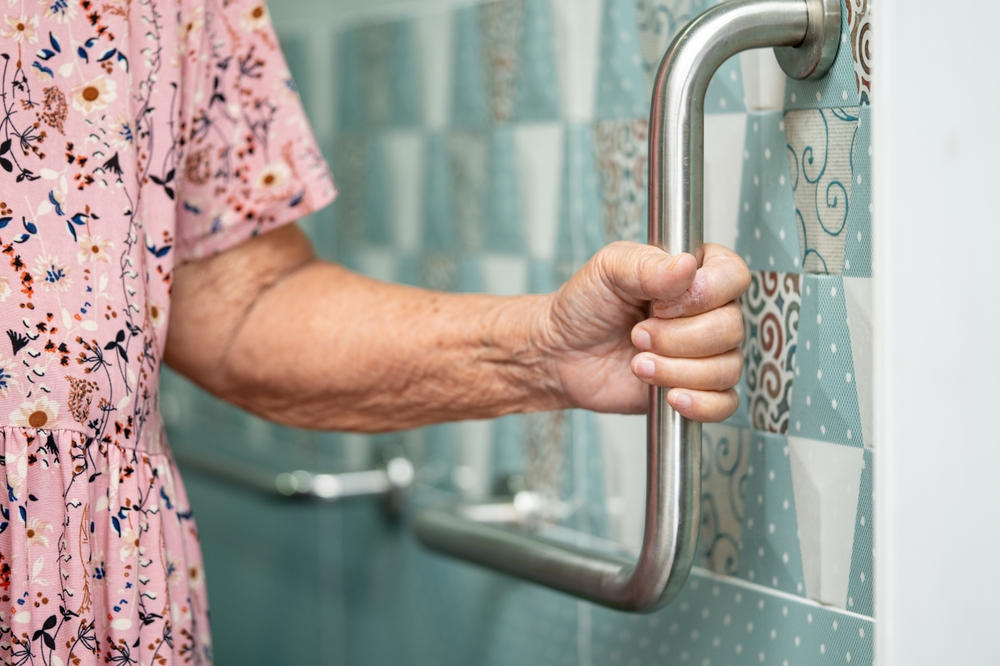As our loved ones age, the risk of falls becomes a significant concern, particularly for those who serve as caregivers. Fall detection systems offer a vital solution to assist caregivers in monitoring and ensuring the safety of their elderly family members or patients. These systems not only provide peace of mind but also contribute to the overall well-being of those under care.

Understanding the Importance of Fall Detection
Falls are a leading cause of injury among the elderly, and the consequences can be severe. For caregivers, whether they are family members or professionals, having a reliable system that can detect and alert them of falls is critical. According to the American Academy of Orthopaedic Surgeons, fall prevention is essential in maintaining the health and independence of elderly individuals.
How Fall Detection Systems Work
These systems use a variety of technologies, such as accelerometers and gyroscopes, to detect sudden movements or changes in position that indicate a fall. When a fall is detected, the system sends an alert to a caregiver or monitoring service, allowing for a quick response. This immediate notification can be crucial in preventing further injury or complications.
Types of Fall Detection Systems
There are several types of fall detection systems available, each with its own set of features:
- Wearable Devices: These are typically worn as pendants or wristbands and are equipped with sensors to detect falls.
- Non-Wearable Systems: These use sensors placed around the home to monitor movements and detect falls.
- Smartphone Apps: Many smartphones now have built-in sensors and apps that can detect falls.
Benefits of Using Fall Detection Systems
Implementing a fall detection system offers numerous benefits:
Peace of Mind
Knowing that there is a system in place to alert them to falls, caregivers can rest easier and focus on other aspects of care.
Increased Safety
These systems can quickly notify caregivers of a fall, allowing for a prompt response that can reduce the severity of injuries.
Improved Independence
With fall detection support, elderly individuals can maintain more independence, knowing help is readily available if needed.
Choosing the Right System
When selecting a fall detection system, its important to consider the specific needs of the individual and the environment in which they live. Some systems may be better suited for those who are more active, while others may be ideal for those who are homebound.
For more insights on choosing privacy-friendly solutions, you can explore fall detection without cameras.
Factors to Consider
Some important factors to consider include:
- Ease of Use: The system should be easy for both the caregiver and the elderly individual to use.
- Reliability: Look for systems with a strong track record of accuracy and reliability.
- Cost: Consider the initial cost as well as any ongoing fees for monitoring services.
Integrating Technology in Caregiving
The integration of technology in caregiving goes beyond fall detection systems. Smart home devices and IoT sensors are transforming how we care for the elderly. For instance, IoT sensors for daily life are enhancing safety and convenience in numerous ways.
Smart Home Solutions
Smart home solutions can automate various tasks, provide reminders, and enhance security. These technologies can complement fall detection systems by creating a safer and more supportive environment for the elderly.
Conclusion
Fall detection systems are a valuable tool for caregivers looking to enhance the safety and independence of their elderly loved ones. By understanding the available options and considering the specific needs of those in their care, caregivers can choose the right system to provide peace of mind and improve quality of life.

FAQs
What are the advantages of wearable fall detection systems?
Wearable systems are convenient and provide real-time monitoring, allowing for immediate alerts in case of a fall.
Can smartphone apps effectively detect falls?
Yes, many modern smartphones have built-in sensors and apps that can accurately detect falls and alert caregivers.
How do non-wearable fall detection systems work?
Non-wearable systems use strategically placed sensors around the home to detect falls based on movement and position changes.
For further reading on how technology is transforming independent living, consider smart elderly care solutions.
This article contains affiliate links. We may earn a commission at no extra cost to you.






